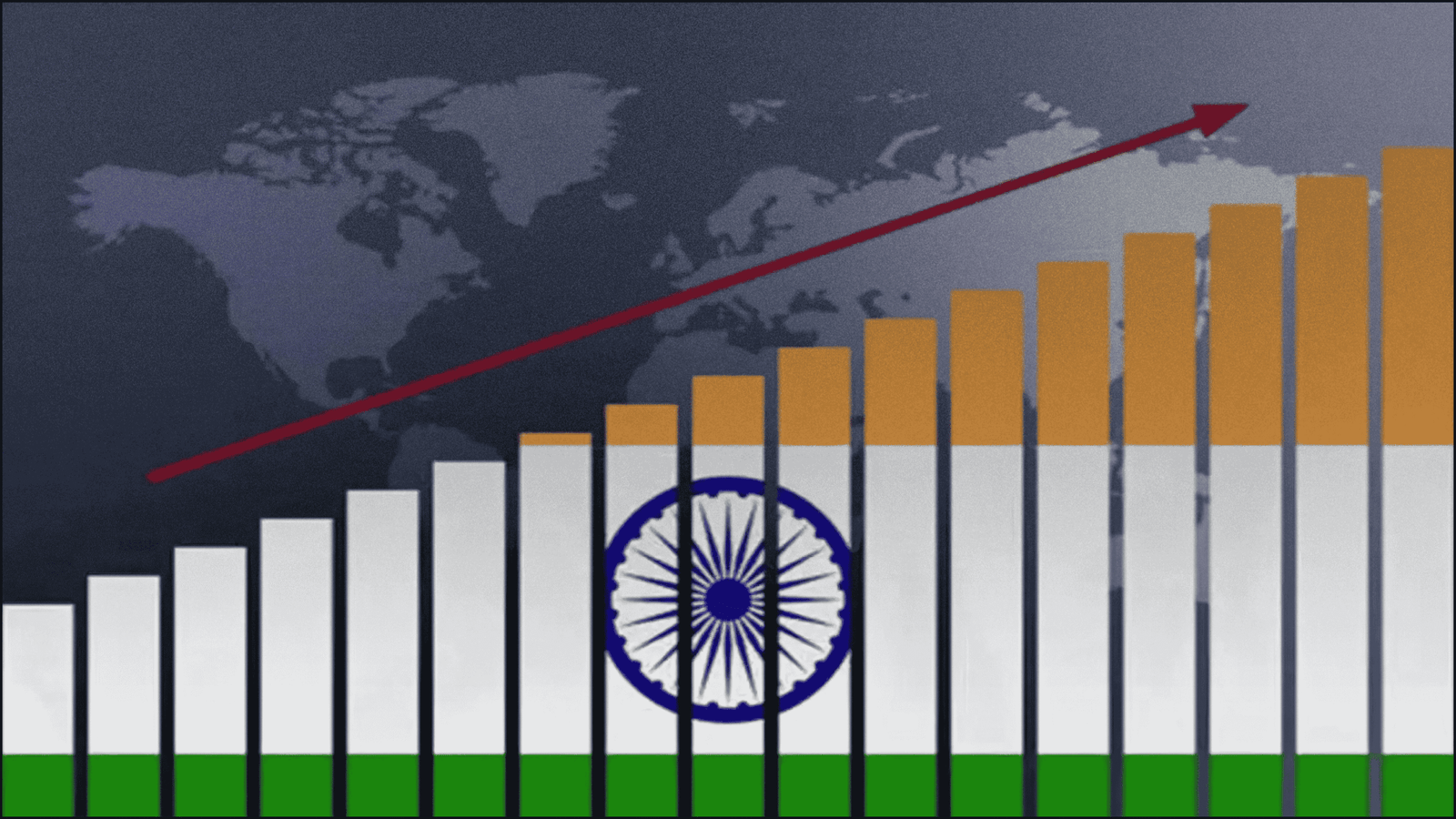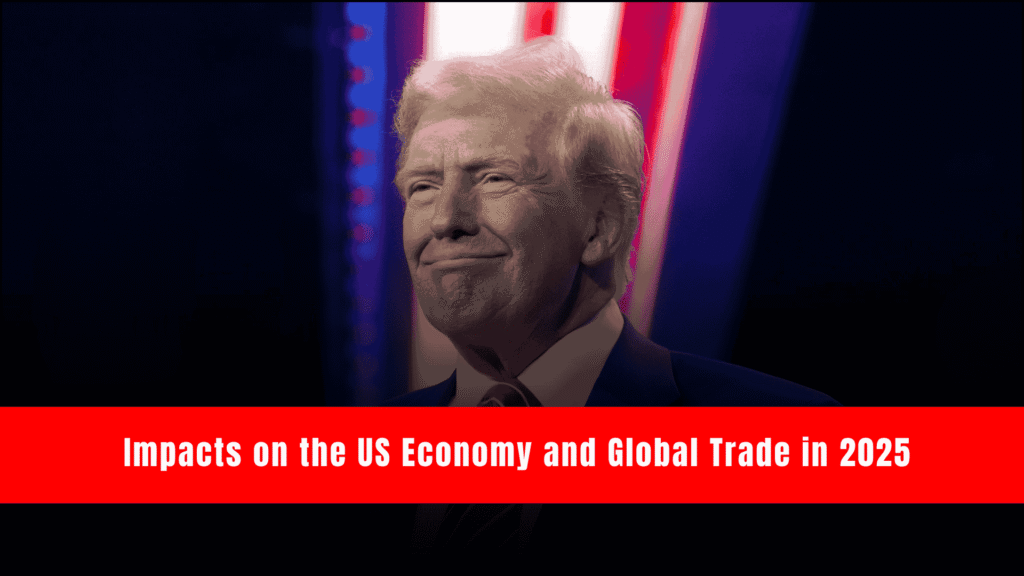India’s economy is poised for a robust performance in the fiscal year 2025-26, with Morgan Stanley projecting a GDP growth rate of 6.5%. This optimistic forecast aligns closely with the Reserve Bank of India’s (RBI) own projections, signaling confidence in India’s economic trajectory. The growth is underpinned by three key pillars: strong domestic demand, favorable demographics, and robust institutional investments. In this blog, we’ll unpack what this projection means, why it matters, and how these factors are shaping India’s economic landscape for the year ahead
Understanding the 6.5% GDP Growth Forecast
Gross Domestic Product (GDP) growth is a critical measure of a country’s economic health, reflecting the total value of goods and services produced over a specific period. A 6.5% growth rate positions India as one of the fastest-growing major economies globally, especially in a world grappling with geopolitical tensions, trade disruptions, and inflationary pressures. Morgan Stanley’s forecast, echoed by the RBI, suggests that India is well-equipped to navigate these challenges and sustain its growth momentum.
This projection comes at a time when global economic uncertainties, such as U.S. tariffs and volatile oil prices, pose risks. Yet, India’s economy is expected to remain resilient, driven by domestic strengths and strategic policies. Let’s dive into the three key drivers behind this growth.

1: Strong Domestic Demand
India’s vast and growing consumer market is a cornerstone of its economic success. With a population of over 1.4 billion, the country boasts a massive domestic demand base that fuels economic activity across sectors like retail, real estate, and manufacturing.
In recent years, rising disposable incomes, an expanding middle class, and increasing urbanization have boosted consumer spending. For instance, the HSBC Flash Composite PMI for June 2025 reached 61.0, driven by strong domestic orders and record export growth. This indicates that businesses are scaling up to meet demand, which in turn creates jobs and stimulates further economic activity.
The government’s focus on infrastructure development, such as highways, airports, and smart cities, also plays a pivotal role. These projects not only create immediate demand for materials and labor but also enhance long-term economic efficiency, further boosting domestic consumption. For the average Indian, this translates to more opportunities, better access to goods and services, and a higher standard of living.
2: Favorable Demographics
India’s demographic advantage is often described as a “dividend” – a young, dynamic workforce that powers economic growth. With over 65% of the population under the age of 35, India has a vast pool of labor and talent to drive innovation and productivity. This demographic edge sets India apart from aging economies like Japan or much of Europe, where shrinking workforces pose challenges.
However, harnessing this dividend requires quality job creation and skill development. The government and private sector are investing heavily in education, vocational training, and digital literacy to ensure that young Indians are equipped for the jobs of tomorrow. Initiatives like “Skill India” and the growth of the startup ecosystem are creating opportunities in sectors like technology, renewable energy, and e-commerce.
For example, India’s digital economy is booming, with $114 billion in foreign direct investment (FDI) in greenfield projects from 2020 to 2024. This influx of capital is creating jobs and fostering innovation, particularly in tech-driven sectors, which align perfectly with the aspirations of India’s youth.
3: Robust Institutional Investments
Institutional investments, both domestic and foreign, are a critical engine of India’s growth. Morgan Stanley highlights the role of strong capital inflows in sustaining economic momentum. India’s foreign exchange reserves, standing at $699 billion as of June 13, 2025, provide a buffer against global shocks and signal investor confidence.
Foreign investors are drawn to India’s stable macroeconomic environment, prudent fiscal policies, and reforms aimed at easing business operations. The government’s push for free trade agreements with major economies like the U.S. and the EU is further enhancing India’s appeal as an investment destination. Domestically, institutions like banks and mutual funds are channeling capital into high-growth sectors such as infrastructure, renewable energy, and manufacturing.
The RBI’s Financial Stability Report (June 30, 2025) underscores the resilience of India’s financial system, with well-capitalized banks and low non-performing loans. This stability encourages institutional investors to deploy capital, knowing their investments are secure.
Challenges on the Horizon
While the outlook is promising, challenges remain. Global uncertainties, such as U.S. tariffs on steel and aluminum, could disrupt trade. Domestically, industrial output growth slowed to 1.2% in May 2025, and private sector spending has yet to fully recover. Additionally, creating high-quality jobs for India’s young population remains a priority to fully capitalize on the demographic dividend.
The recent uncovering of a ₹512 crore GST fraud also highlights the need for stronger governance and transparency in the tax system. Addressing these challenges will be crucial to sustaining the 6.5% growth trajectory.
What This Means for India and Its People
For the average Indian, a 6.5% GDP growth rate translates to tangible benefits: more job opportunities, better infrastructure, and increased access to goods and services. For businesses, it signals a favorable environment for expansion and innovation. For policymakers, it’s a call to maintain prudent fiscal and monetary policies while addressing structural challenges like job creation and global trade risks.
India’s ability to maintain this growth amidst global headwinds is a testament to its economic resilience. As the RBI adopts a neutral monetary policy stance, there’s room for flexibility, such as potential rate cuts, to further stimulate growth. Meanwhile, the government’s focus on trade agreements and infrastructure will continue to bolster India’s position on the global stage.
Conclusion
Morgan Stanley’s projection of 6.5% GDP growth for India in 2025-26, in line with the RBI’s forecast, paints an optimistic picture of the country’s economic future. Strong domestic demand, a young and dynamic workforce, and robust institutional investments are the pillars driving this growth. While challenges like global uncertainties and job creation persist, India’s macroeconomic fundamentals and proactive policies provide a solid foundation for sustained progress.
As India continues to shine as a global economic powerhouse, the focus must remain on inclusive growth that benefits all its citizens. Whether you’re an investor, a business owner, or an everyday Indian, the road ahead looks promising – a blend of opportunity and resilience in “nervous but exciting times.”
Related Articles:
Gaza Ceasefire in Doubt: Trump’s Announcement Clashes with Ongoing Violence
Telangana Blasts and Kolkata Scandal: India Faces Twin Tragedies




Pingback: GST fraud cases in India 2025 - cutizensbrain